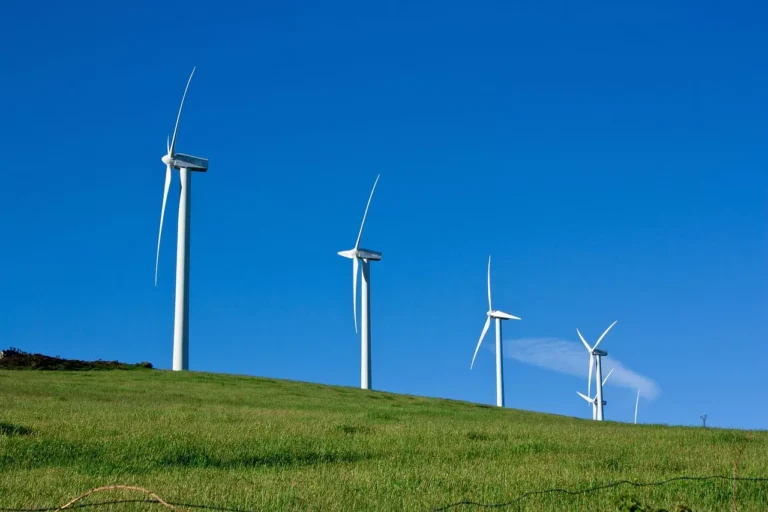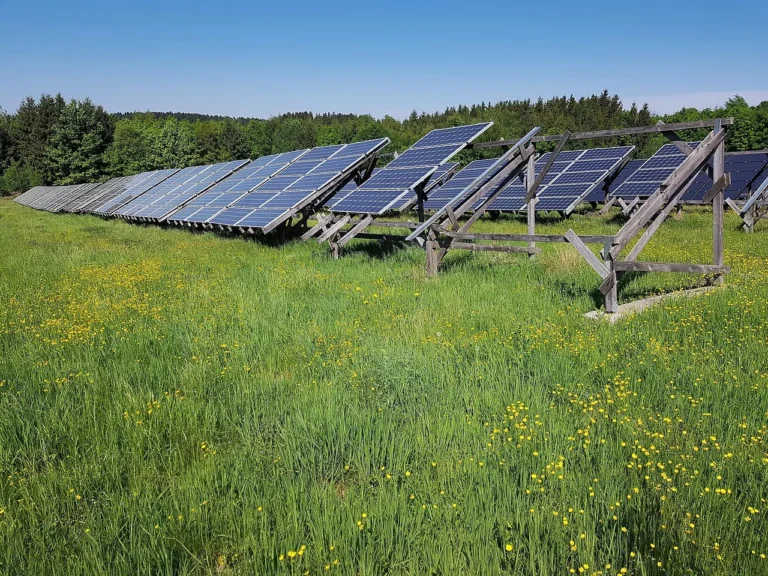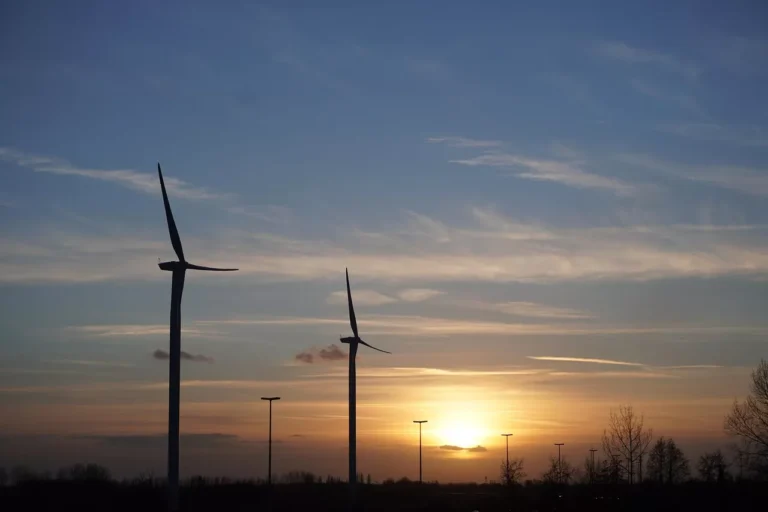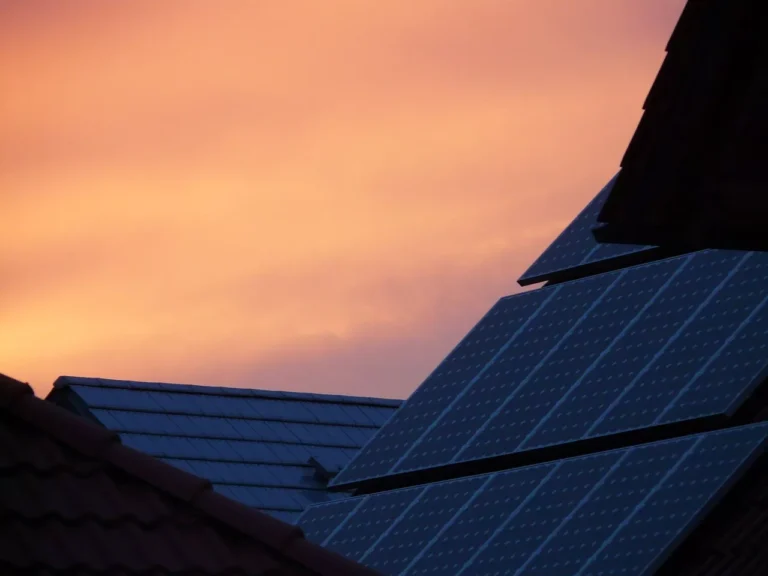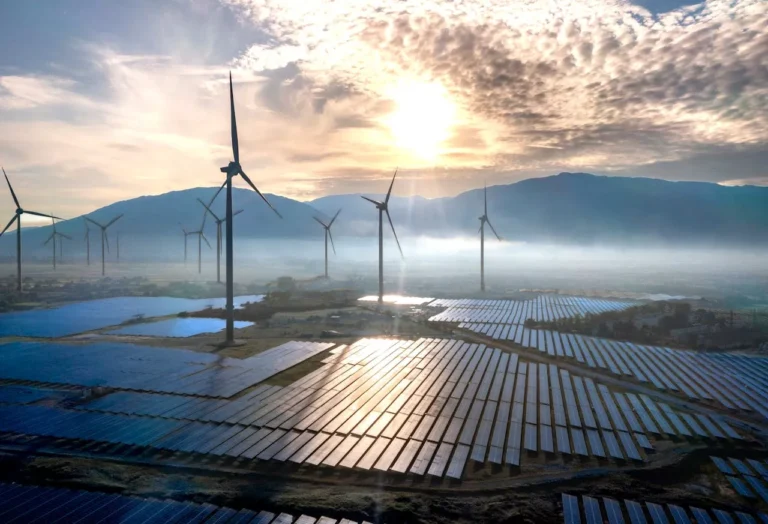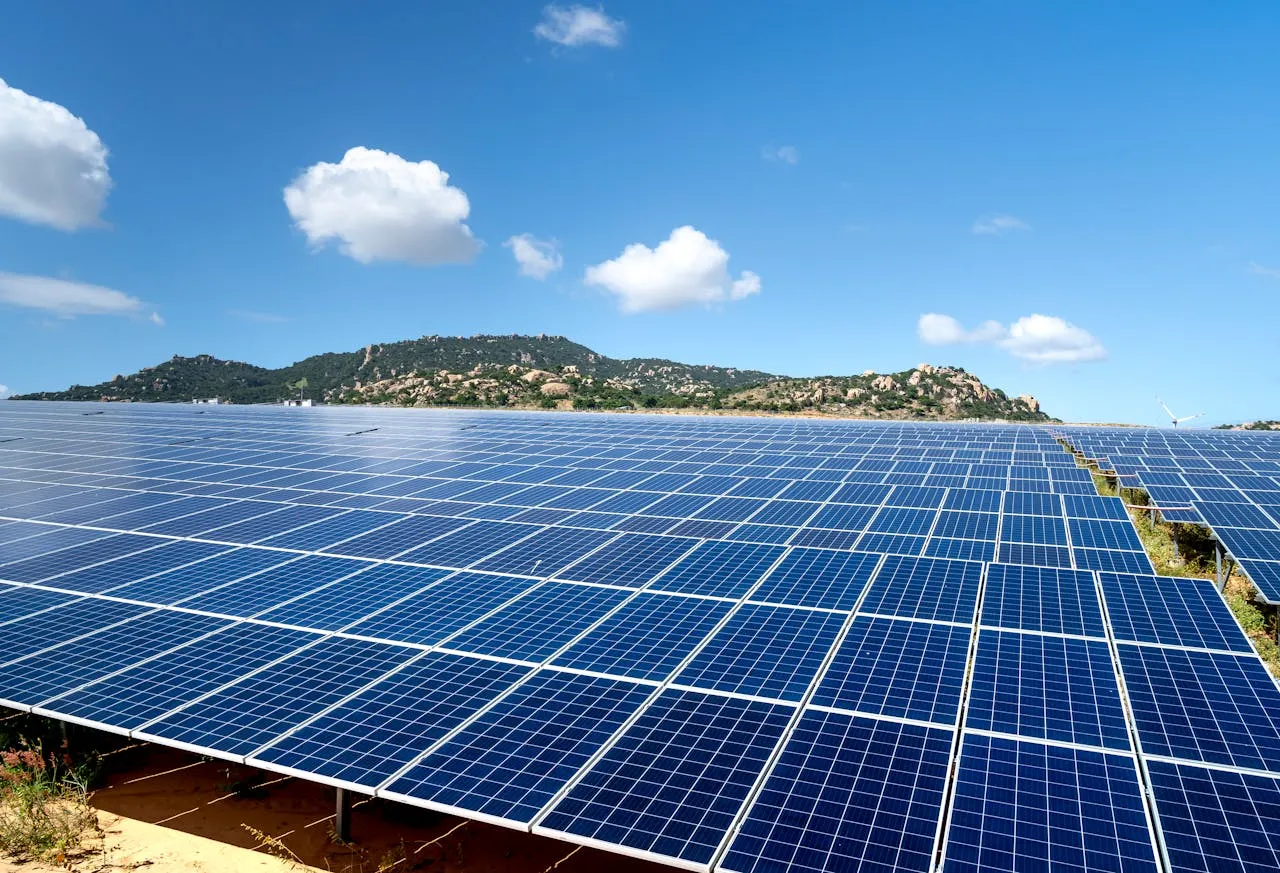
Black & Veatch Delivers the Philippines’ First Megawatt-Scale Floating Solar Facility, Advancing Renewable Energy and Sustainable Mining
Black & Veatch, a globally recognized leader in infrastructure engineering and construction, has marked a significant milestone in Southeast Asia’s renewable energy transition by delivering the Philippines’ first-ever megawatt-scale floating solar photovoltaic (PV) facility. The innovative installation, commissioned by Carmen Copper Corporation, spans three hectares on the Malubog Reservoir in Toledo City, Cebu, and showcases the integration of cutting-edge engineering, sustainability, and forward-looking mining operations.
This project demonstrates the growing convergence of industrial operations and clean energy technologies, offering a scalable blueprint for renewable energy deployment across land-constrained regions. With 8,540 floating solar panels, the facility can generate up to 4.99 megawatts (MW) of clean, renewable electricity — enough to meet approximately 10% of Carmen Copper’s mining power requirements. But this is only the beginning: the project has been intentionally designed with expansion in mind, with the potential to scale up to 50 MW, potentially enabling Carmen Copper to operate entirely on renewable energy in the future.
A Strategic Response to the Philippines’ Energy Goals
The Philippines Department of Energy (DOE) has set ambitious clean energy goals, aiming to increase the share of renewables in the national energy mix to 35% by 2030 and 50% by 2040. As the country navigates a rapidly growing energy demand and the environmental challenges of fossil fuel dependency, innovative projects like this are critical to achieving those targets.
“This project exemplifies how engineering excellence and environmental stewardship can converge to deliver transformative infrastructure,” said Jerin Raj, Black & Veatch’s Managing Director for Asia Pacific. “Our engineering, procurement, and construction professionals worked alongside the Carmen Copper team to complete this project on time and on budget — in just 15 months — with more than 250,000 man-hours recorded without a single lost time injury. We are incredibly proud of our team that delivered this first-of-a-kind facility in the Philippines.”
Engineering, Procurement, and Construction (EPC) Excellence
Black & Veatch served as the EPC contractor for the project, a role that involved complete end-to-end responsibility — from concept design and procurement of materials to site construction, installation, and final commissioning. This comprehensive approach ensured tight integration between the technical and logistical elements, a crucial factor for a project with unique challenges like floating solar.
With over 100 years of experience in delivering complex infrastructure projects across multiple domains — including power generation, water systems, data centers, telecommunications, and more — Black & Veatch’s involvement brought an unmatched level of rigor and reliability to the implementation.
Their EPC model is not just about managing timelines and budgets; it’s about ensuring quality, safety, and sustainability across every phase. The floating solar system had to be carefully designed to withstand the aquatic and weather conditions of the reservoir, including structural stress, wind load, and potential hydrological impacts — all while ensuring minimal disruption to the local ecosystem.
Supporting Sustainable Mining and Corporate Responsibility
For Carmen Copper Corporation, a wholly owned subsidiary of Atlas Consolidated Mining and Development Corporation, this floating solar installation is more than just an energy solution — it is a strategic step toward responsible mining and corporate sustainability.
“This initiative reflects Carmen Copper’s commitment to responsible mining and environmental stewardship, while aligning with the Department of Energy’s target to have renewable energy account for at least half of the country’s total power capacity by 2040,” said Atty. Axel G. Tumulak, Head of Legal, Compliance, and Corporate Governance at Carmen Copper.
Mining is traditionally associated with high carbon emissions and environmental degradation. By embracing renewable energy, Carmen Copper is signaling a shift in how extractive industries can operate more responsibly in an age of climate urgency. The floating solar project not only helps reduce the mine’s dependence on grid-supplied fossil-based electricity but also enhances its resilience against rising energy prices and power supply uncertainties.
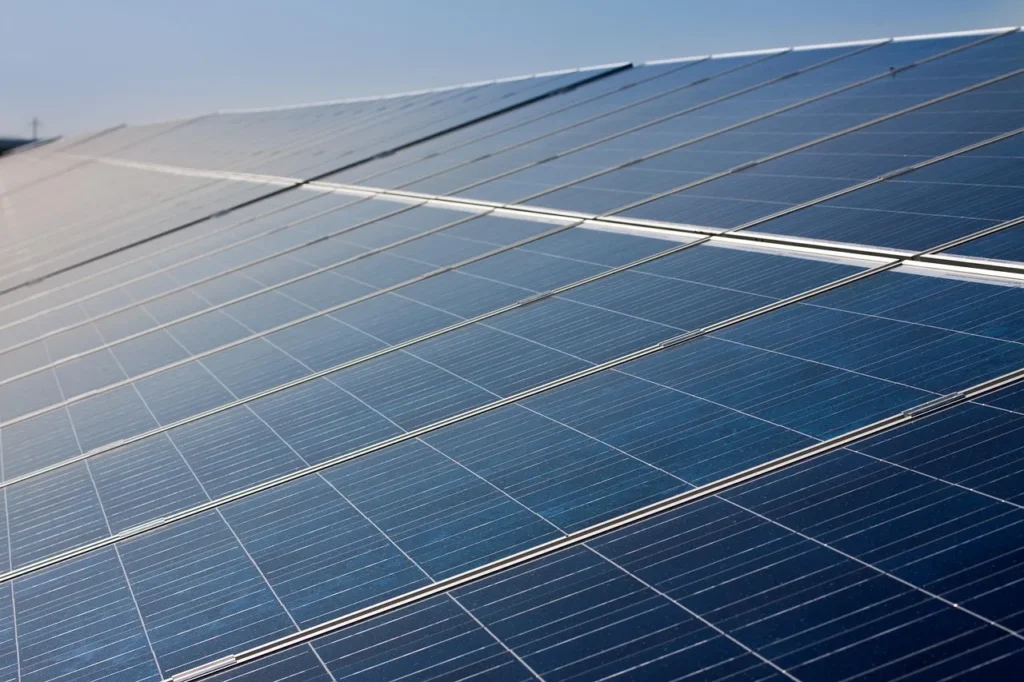
Unlocking the Potential of Floating Solar (Floatovoltaics)
Floating solar systems, also known as floatovoltaics, are rapidly gaining traction across the globe as a smart and sustainable alternative to land-based PV systems. In geographically constrained areas like the Philippines — where land availability for utility-scale solar projects is limited due to urbanization, agriculture, and ecological conservation — water bodies provide a compelling opportunity.
Key benefits of floating solar systems include:
- Land Preservation: By deploying solar panels on reservoirs or lakes, the need to use arable or developed land is eliminated.
- Enhanced Efficiency: The cooling effect of water on the panels can improve overall efficiency, especially in hot and humid climates.
- Reduced Evaporation: The panels partially shade the water surface, decreasing evaporation — an important feature in regions with water scarcity.
- Lower Environmental Impact: With proper engineering, floating solar systems can coexist with aquatic ecosystems with minimal disruption.
The Malubog Reservoir project encapsulates these benefits. The fixed-tilt solar panels are optimized to capture maximum sunlight during peak hours, aligning energy production with demand curves. As a result, the system not only contributes to emission reduction goals but also enhances energy security for Carmen Copper’s operations.
A Blueprint for Future Renewable Energy Projects
While this floating solar project is a landmark in itself, its broader significance lies in its replicability and scalability. The successful delivery of this 5 MW facility paves the way for similar deployments across other industrial sectors — particularly those located near water bodies and with high energy consumption.
The project also demonstrates how public-private collaboration and integrated engineering solutions can bring ambitious sustainability goals within reach. The DOE’s clean energy targets require participation across industries, and partnerships like that between Carmen Copper and Black & Veatch show how the mining sector — often perceived as environmentally detrimental — can take a leadership role in the clean energy transition.





